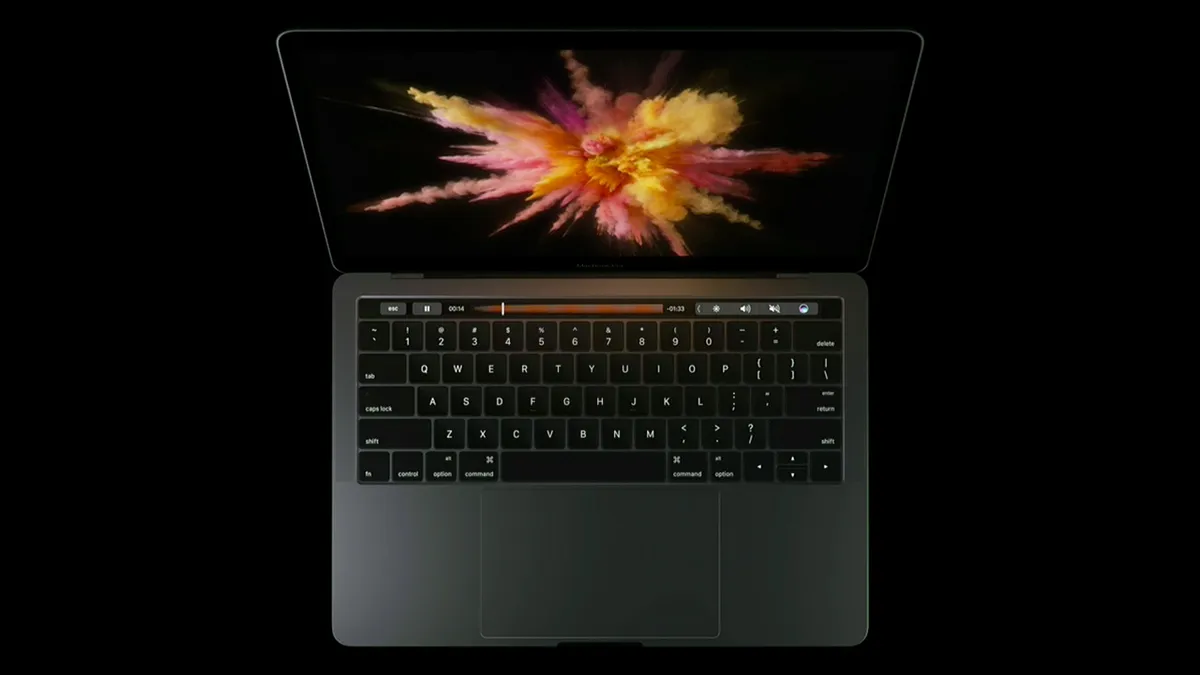
In the world of Apple, where innovation meets practicality, the distinct separation of macOS and iPadOS continues to spark debates among tech enthusiasts. Despite the advanced hardware capabilities of modern iPads, notably the M4 and M2 chipsets, Apple maintains a clear distinction between its desktop and tablet environments. This decision, far from being arbitrary, is rooted in both technical and strategic foundations that preserve the unique identities and functionalities of both device families.
Technical and User Experience Considerations
One of the core reasons behind Apple’s decision to keep macOS off the iPad lies in the fundamental differences in user interface design and interaction models between macOS and iPadOS. macOS is designed around the precision of a mouse and keyboard, an interaction model that dates back to the first Macintosh in 1984. This system relies on the pinpoint accuracy and hover capabilities of a mouse, features that are not native to touch-based systems like the iPad.
Conversely, iPadOS is built from the ground up for touch interaction, optimized for gestures and direct manipulation with fingers or a stylus. The operating system is tailored to provide a seamless and intuitive user experience on a touchscreen, which significantly differs from the cursor-based system of macOS. Efforts to hybridize these two could lead to a compromised experience that neither fully satisfies desktop users nor leverages the strengths of touch-based interaction.
The Risk of Product Cannibalization
Strategically, introducing macOS to the iPad could blur the lines between Apple’s product categories, potentially cannibalizing MacBook sales. Each product line serves distinct market needs and user behaviors. MacBooks are seen as productivity powerhouses for professional work environments, while iPads are positioned as versatile tablets suitable for a blend of consumption and creation, particularly with the addition of accessories like the Apple Pencil and Magic Keyboard.
Offering macOS on iPads, especially without additional costs, could dissuade consumers from purchasing MacBooks, thereby affecting Apple’s revenue streams from its higher-margin products. The current strategy allows Apple to maximize revenue by catering to diverse consumer needs across different devices.
Market Positioning and Future Outlook
Apple’s market strategy has always involved creating and maintaining well-defined product lines, each with tailored features that justify their existence. This approach not only helps in segmenting the market but also in avoiding internal competition within its product range. The introduction of features like Stage Manager on iPadOS seeks to bridge the gap by offering more desktop-like functionalities, thereby enhancing multitasking and productivity without fully transforming the iPad into a MacBook.
While the future might hold possibilities for a closer integration, perhaps through a ‘macOS lite’ within iPadOS, Apple appears committed to evolving each platform within its context rather than merging them. This ensures that both macOS and iPadOS can develop in directions that best serve their respective user bases without compromising on functionality or user experience.